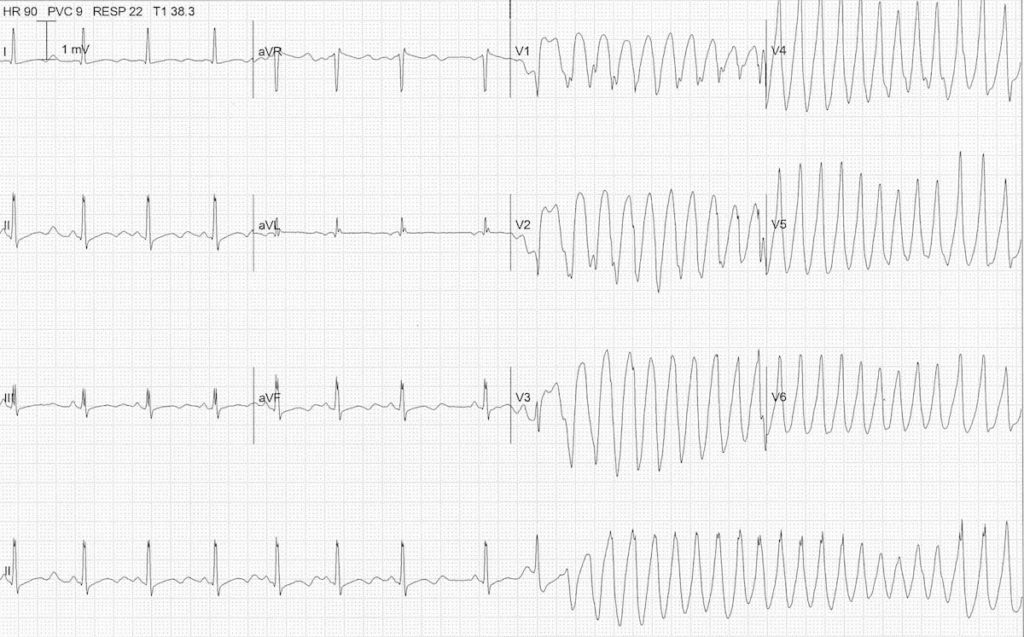StarCare Animals
Electrolyte imbalances may cause a variety of electrocardiogram (ECG) changes in cats and dogs, with different electrolyte abnormalities affecting the electrical activity of the heart in their own way. Below are some of the major electrolytes and typical ECG changes associated with their abnormal levels:
1. Potassium (K+)
· Hyperkalemia (high potassium levels):
o Spiked T-waves
o Widening of the QRS wave cluster
o Weakness or absence of P-waves
o Prolonged PR interval
o Bradycardia
o Sine wave pattern in severe cases
· Hypokalemia (low potassium levels)
o Flattened or inverted T waves
o ST segment depression
o Prominent U waves
o Increased amplitude and duration of P-waves
2. Calcium (Ca++)
· Hypercalcemia (high calcium levels):
o QT interval is shortened
o T-wave may widen
· Hypocalcemia (low calcium levels):
o QT interval prolonged
o Prolonged ST segment
3. Sodium (Na+)
· Hypernatremia (high sodium levels): usually insignificant EKG changes, but may exacerbate other heart conditions.
· Hyponatremia (low sodium levels):
o Non-specific ST segment and T wave changes
o Possible displacement of the ST segment
4. Magnesium (Mg++)
· Hypermagnesemia (high magnesium levels):
o Prolonged PR interval
o Widening of the QRS wave cluster
o Increased T-wave amplitude
· Hypomagnesemia (low magnesium levels):
o Tip-twisting ventricular tachycardia
o Other nonspecific T-wave changes
These electrolyte imbalance-related ECG changes have a significant impact on the overall health of the heart and can lead to life-threatening arrhythmias. Therefore, it is critical to monitor and adjust electrolyte levels in veterinary patients, especially those animals with renal insufficiency, heart disease, or undergoing treatments that may affect electrolyte levels. Regular blood work and ECG monitoring are key to effective veterinary management of these conditions. In addition, when interpreting ECG results, it is important to take into account the clinical context, overall health, and possible co-morbidities.
References
Tully, T. N., & Drobatz, K. J. (2015). Electrolyte and Acid-Base Disorders. In Small Animal Critical Care Medicine (2nd ed., pp. 108-123). Elsevier.
Tilley, L. P., & Smith Jr, F. W. K. (2016). The 5-minute veterinary consult: Canine and feline (6th ed.). John Wiley & Sons.


Hypokalaemia causing Torsades de Pointes (https://litfl.com/hypokalaemia-ecg-library/).